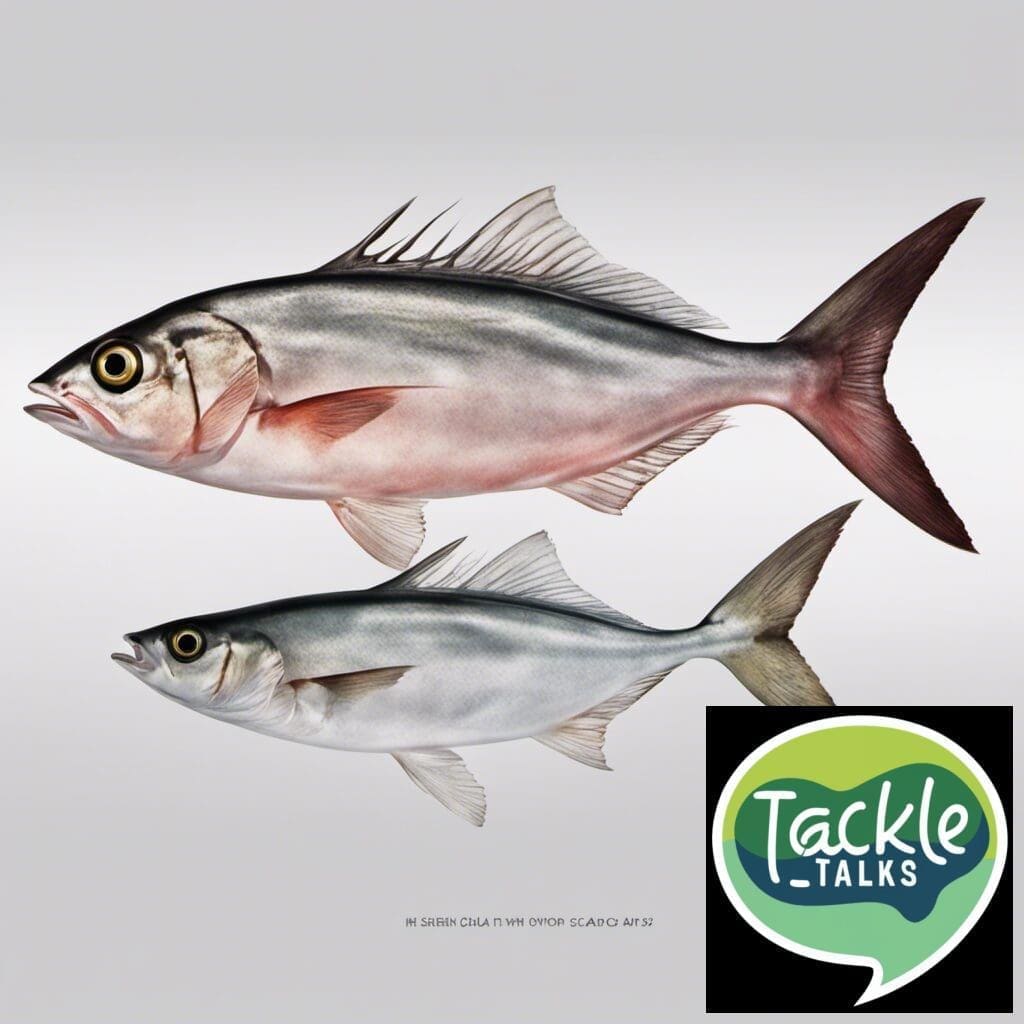Introduction
Species Name and Family
The Bigeye Scad, scientifically known as Selar crumenophthalmus, is a species of fish classified under the family Carangidae. This species is also commonly referred to as the goggle-eyed scad, purse-eyed scad, or the oxeye scad.
Conservation Status
The conservation status of the Bigeye Scad is currently classified as Least Concern by various marine species conservation organizations, indicating that it is not under immediate threat of extinction. Measures to maintain the Bigeye Scad population involve regulated fishing, particularly in areas abundant in this species.
Statistics
| Category | Average | Range |
|---|---|---|
| Length | 20 cm | 10-35 cm |
| Weight | 60 g | 30-100 g |
| Lifespan | 10 years | 5-13 years |
Distribution
The Bigeye Scad is commonly found in the coastal waters of Indo-Pacific regions and Eastern Pacific regions, including countries such as Indonesia, Hawaii, the Philippines, and Japan. They are known for their seasonal migration patterns, moving offshore to spawn during the months of May to November.
Habitats
The Bigeye Scad primarily dwells in saltwater environments, specifically in depths ranging from 1 to 100 meters. They prefer warm temperature ranges, usually between 20 to 30 degrees Celsius.
When and Where to See
The best time to spot Bigeye Scad is during their spawning season, from May to November. During this time, they are generally more visible, especially in coastal waters early in the morning and late in the afternoon.
Best Fishing Locations
- Hawaii, USA
- Java, Indonesia
- Luzon, Philippines
- South Korea
- Mie Prefecture, Japan
General Tips
To successfully find Bigeye Scad, look for them near the surface of coastal waters, especially around reefs and shoals. Keep in mind that they are more concentrated during their spawning season.
How to Catch
For bait or lures, small fish or shrimp proves to be most effective. The best time to fish for Bigeye Scad includes early morning and late afternoon during their spawning season.
Identification Guide
Bigeye Scad have a distinct look from their large, pronounced eyes. They have a deep blue to greenish color on top and a silvery white belly. They can be differentiated from similar species by their round body shape and the absence of a black spot on the side of their body.
Culinary
How to Cook
Bigeye Scad can be cooked in various ways, including grilling, frying, or steaming. Marinating the fish prior to cooking it can enhance its flavor.
Taste Profile
Bigeye Scad has a unique flavor. Its meat is moderately fatty, providing a rich flavor and a soft but firm texture.
Nutritional Information
Bigeye Scad is a good source of lean protein and omega-3 fatty acids. It is also high in vitamins such as Vitamin D and B12.
Recipes
Grilled Bigeye Scad and Bigeye Scad in Soy Sauce are common recipes where this fish is used.
Additional Information
Behavior
During the day, Bigeye Scad usually swim around the surface of the water. However, at night, they have been observed to swim deeper into the sea.
Predators and Threats
Bigeye Scad faces threats from larger marine fishes, seabirds, sharks, and dolphins. Overfishing due to commercial and recreational fishing is a major human-induced threat to this species.
Cultural/ Historical Significance
In some cultures, Bigeye Scad is considered a symbol of prosperity and is often served during festive seasons and celebrations.
References and Further Reading
For more detailed information about the Bigeye Scad, consult scientific publications and marine encyclopedia books. Popular online sources include FishBase, Aquarium of the Pacific, and NOAA Fisheries. Always verify sources for accuracy and relevance

